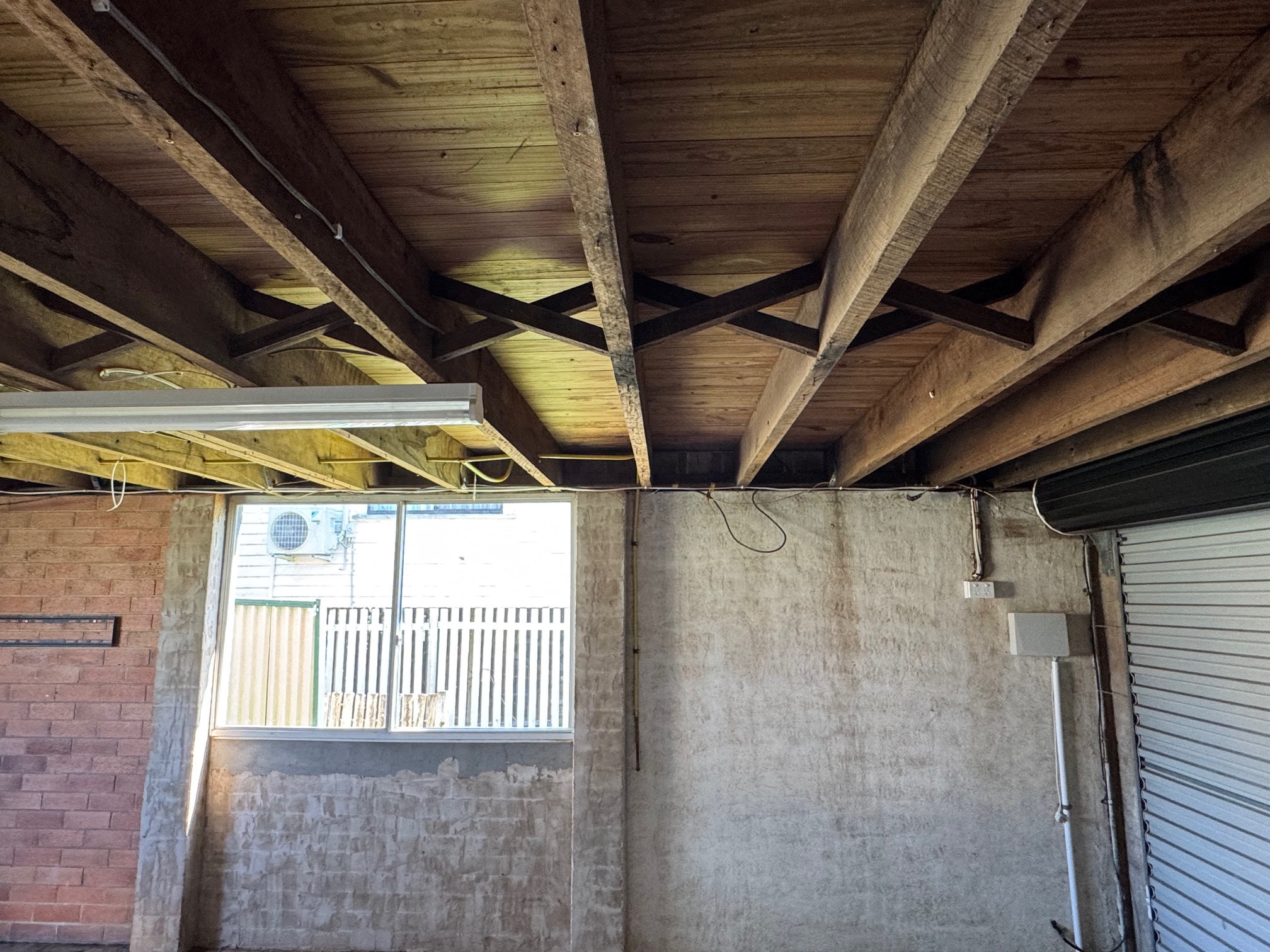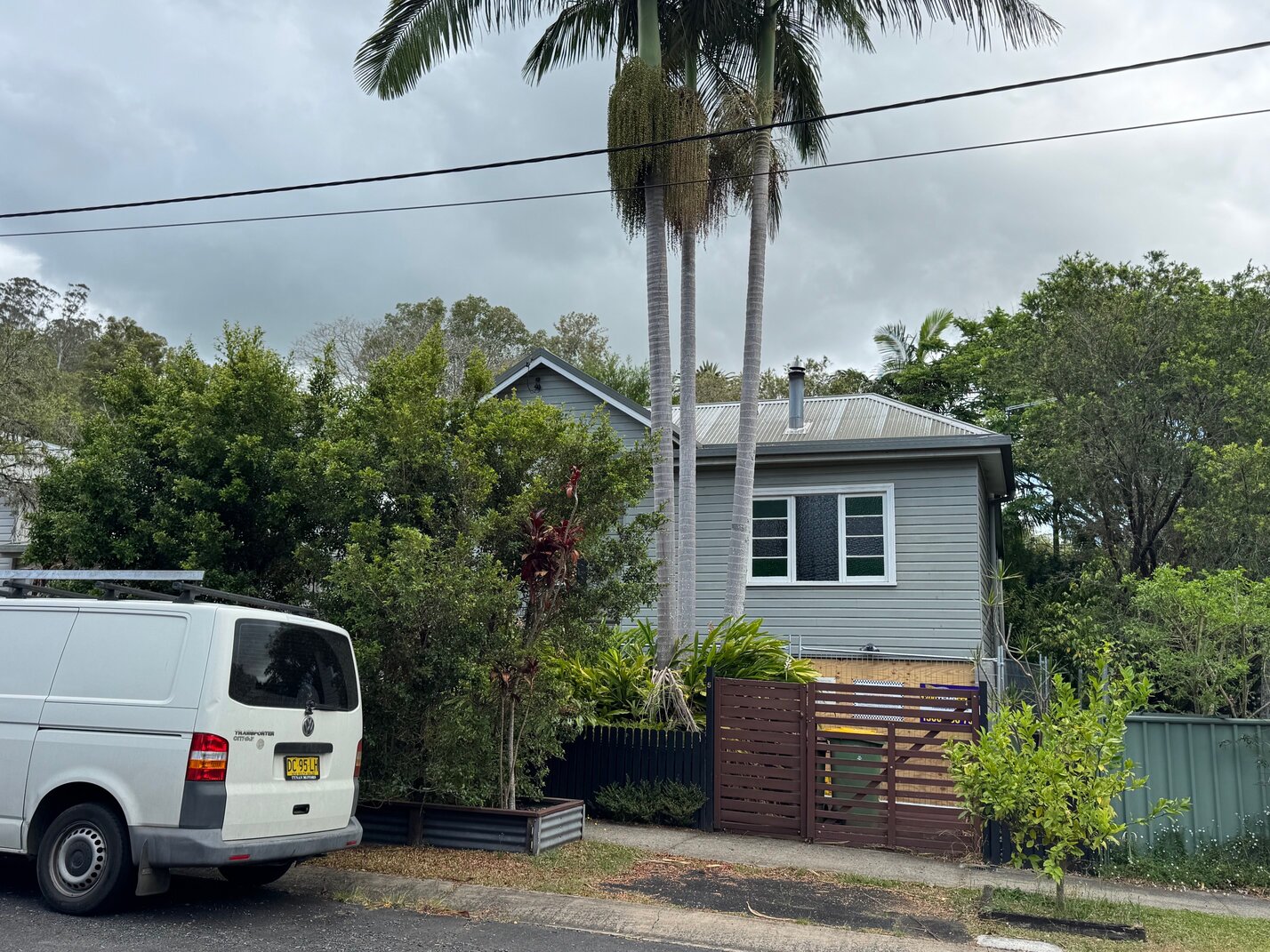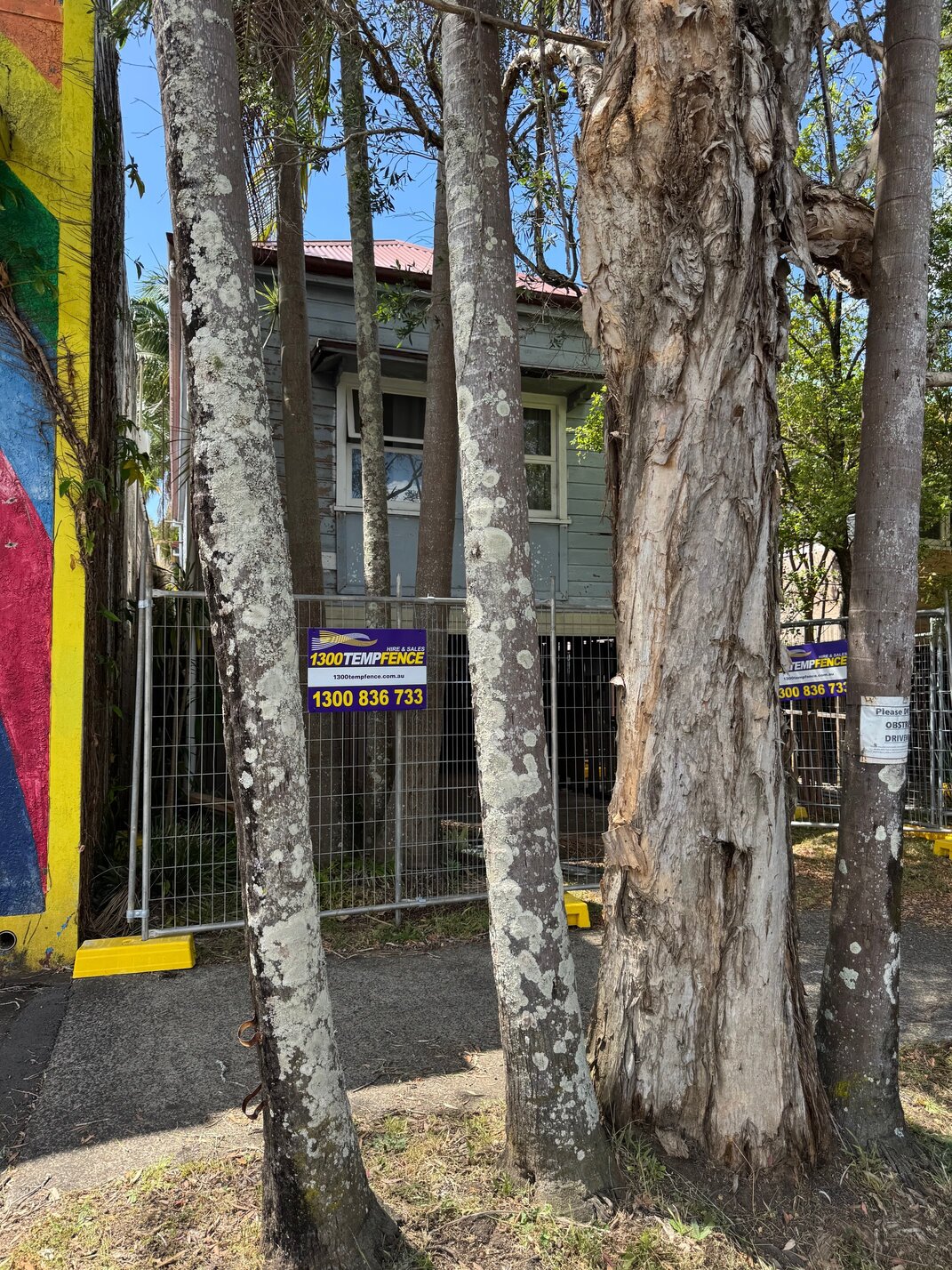How does RA assess buyback houses for relocation or demolition?
Simon Mumford
16 November 2025, 8:00 PM
 A Barnes Avenue, South Lismore RA buyback house being assessed for relocation
A Barnes Avenue, South Lismore RA buyback house being assessed for relocationThe next NSW Reconstruction Authority (RA) buyback house auction is tonight at the Lismore Workers Sports Club in Goonellabah from 6pm.
Ten more homes will go under the hammer with buyer expectations replicating the $1 price achieved at last week's Murwillumbah auctions $1 new record set at flood buyback house auction in Murwillumbah.
From the start of the Resilient Homes Program (RHP), and especially when house demolitions were high-profile during the peak of the Pine Street squatters dispute, people have asked, "What is the criteria to relocate or demolish a buyback house?".
There has been much community and political debate about the merits of the RHP itself. Its critics say it should never have been introduced, and that we should look at mitigation solutions and adaptability as a solution for future flooding. While others say the RHP is half pregnant. It removed half of the initial houses identified as at risk of major future flooding events due to funding.
Critics also argue that every buyback house should be saved due to its hardwood construction, such as blackbutt and tallowwood.

(An RA buyback house built in the 1970s or 1980s of hardwood timber)
Sometimes, it is challenging to discern the truth from political rhetoric. The Lismore App set out to discover the criteria used by the RA so that the community would be aware of the decision-making process. We spent time with an RA assessor and a contracted building inspector to find the answers. The decision-making process involves builders and engineers, who are qualified professionals.
Some of the criteria will surprise you.
When a prospective buyer registers their interest in an RA auction, they can ask for a Property Condition Report. One is completed for all houses. The report includes a pre-inspection report (NSW Public Works), an Independent Assessment Report (builder), a valuation, a hazmat report (for asbestos and other contaminants) and an internal report from the RA.
The simple first check of the property is, can it be moved for relocation?
If a buyback property has a power pole in front of it, the simple answer is no, it cannot be moved. The cost of turning off the electricity supply to the area and removing the power pole, moving the house, and then replacing the power pole and reinstating the electricity supply is not cost-effective. In essence, it is a waste of taxpayers' money.
Some houses can be relocated, but have electricity lines that are too low for the house to be moved. In this instance, it will be included in the Independent Assessment Report given to a potential buyer. It is up to the buyer to get the applicable costs from Essential Energy to have the power cut off and the lines lifted while the house is moved. The costs are borne by the new buyer.

(An example of low electricity lines in an East Lismore buyback house being assessed for relocation)
If a house has established trees at the front, so roadside, it is not considered for removal. Do you cut down trees to save the timber of a flooded house in a high-risk area? Younger, smaller trees will be considered based on other criteria.
When houses are built close to each other, this poses another problem for relocation, especially if the house has to be cut in half. A metre or two of movement can threaten the house next door.

(An example of a house that is very close to another building with established trees at the front of the property in North Lismore)
Other criteria come into play. If the house is built on a concrete slab, it is not suitable for relocation. A more obvious demolition decision. Two and three-story homes are deemed non-relocatable for the RHP.
Then there is the structural integrity of the house. As you can imagine, some houses moved off their foundations and suffered severe structural damage, such as twisted or warped weight-bearing support beams, and the house is not subsiding, revealing different floor levels that won't withstand the rigours of relocation.
Another boils down to cost. A house may be able to be relocated; however, the cost to move it and then fully renovate it for habitation is more than the cost of a new build.
Very few houses are small enough to be moved as they sit. Most need to be cut in half, or in some cases, three pieces, and transported to their new site, and put back together. Again, the relocation decision comes down to structural integrity and cost.
Not everyone in the process agrees with each other. The mindset is to try to relocate every house, but as listed above, it is just not possible. The building assessment may recommend demolition; however, the RA assessor or, ultimately, the RA Director of Housing may question the decision and recommend relocation. The majority of the time, they are in sync, but there are exceptions. After all, it is good to have a difference of opinion.
Some of the homes we walked through had warped walls and lifted floorboards. At first glance, you automatically think there is no way that this house can be relocated. However, upon a closer inspection, the assessors discover that the 'bones' of the house are straight and solid. The rest is cosmetic and can be easily repaired. Don't judge a book by its cover.
A surprising revelation from the recent building assessments was the lack of mould in most of the houses. The assessors said they expected to find more in flood-affected houses that had sat empty for the last 12 months. Of course, anyone who had renovated their house had already dealt with the potential mould build-up in the house. More mould was found in the houses that were significantly damaged and sat vacant for two years.
As you have read, approving a house for relocation is not a simple process. Structural integrity and the associated costs of relocating a house are two key factors in determining whether it will be relocated or demolished.

